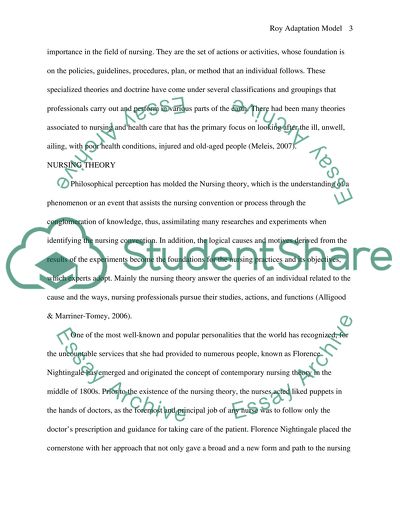Cite this document
(“Roy Adaptation Model applied to Leadership and Management and Nursing Research Paper”, n.d.)
Retrieved from https://studentshare.org/tourism/1424187-roy-adaptation-model-applied-to-leadership-and
Retrieved from https://studentshare.org/tourism/1424187-roy-adaptation-model-applied-to-leadership-and
(Roy Adaptation Model Applied to Leadership and Management and Nursing Research Paper)
https://studentshare.org/tourism/1424187-roy-adaptation-model-applied-to-leadership-and.
https://studentshare.org/tourism/1424187-roy-adaptation-model-applied-to-leadership-and.
“Roy Adaptation Model Applied to Leadership and Management and Nursing Research Paper”, n.d. https://studentshare.org/tourism/1424187-roy-adaptation-model-applied-to-leadership-and.


